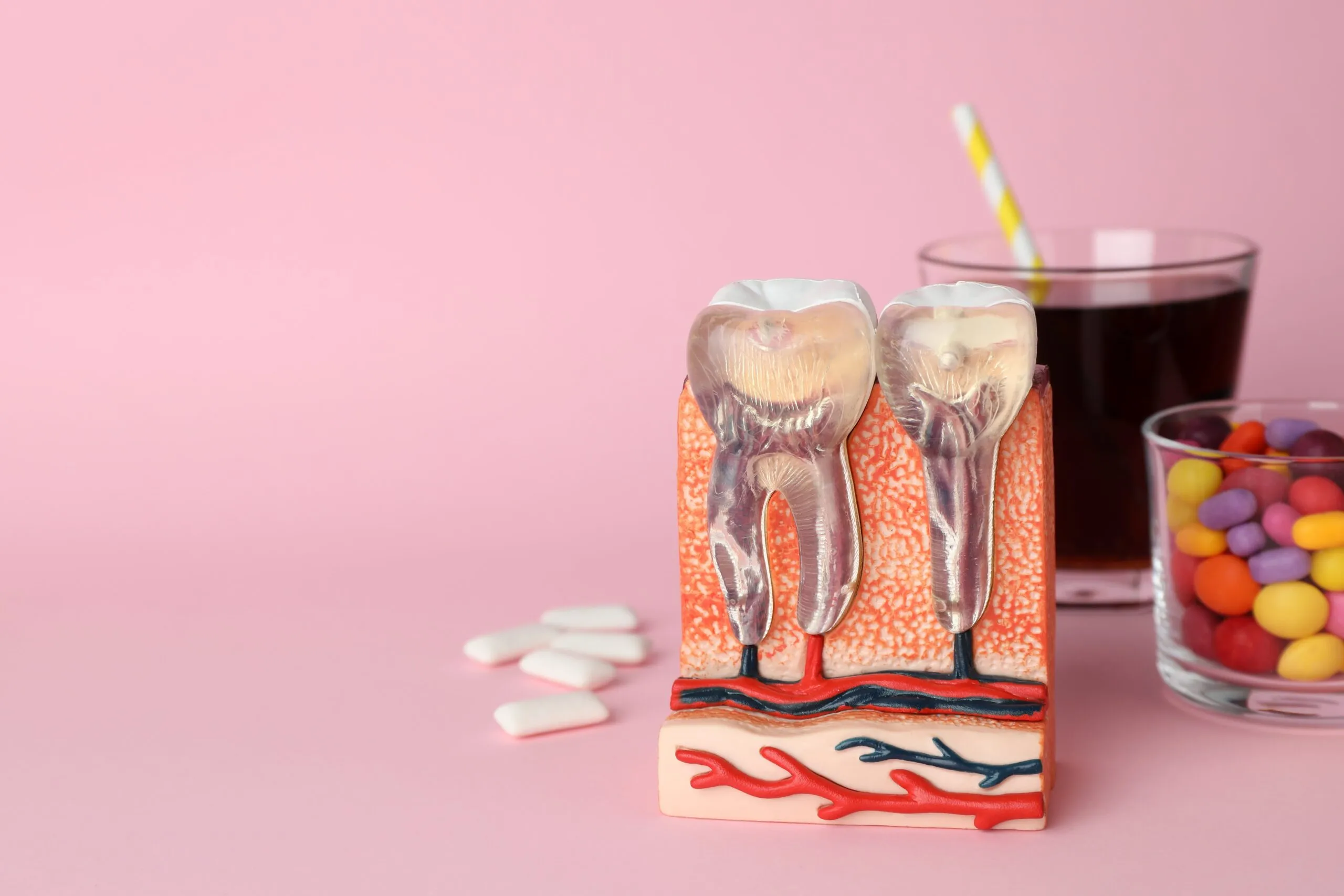The Sensitivity Behind Teeth Whitening Pain
Teeth whitening is a popular cosmetic procedure, but sometimes, it can lead to discomfort. Understanding why teeth whitening hurts is crucial for anyone considering the treatment. Pain during or after teeth whitening isn’t uncommon, and it’s often related to the process affecting the sensitive structures of your teeth. This article explores the top 5 reasons why teeth whitening can cause pain, allowing you to make informed decisions and find solutions. The process of teeth whitening involves the use of bleaching agents, typically containing hydrogen peroxide or carbamide peroxide, which penetrate the enamel to break down stain molecules. This chemical action can sometimes irritate the nerves within the teeth or the surrounding gum tissues, leading to a range of sensitivities and discomfort. It is important to consider the different factors that play a role in teeth sensitivity and pain to ensure you’re making informed decisions for your teeth whitening journey.
Enamel Thinning and Sensitivity
Enamel, the hard outer layer of your teeth, protects the sensitive inner layers. When enamel thins, the underlying dentin becomes more exposed. Dentin contains tiny tubules that lead to the tooth’s nerve center. When the bleaching agents used in whitening penetrate the enamel, they can reach the dentin, causing irritation and sensitivity. This is particularly true if the enamel is already thin due to genetics, diet, or previous dental work. It’s also important to note that the concentration of the whitening agent and the duration of its use can influence the degree of enamel sensitivity. In-office treatments, which use higher concentrations of the bleaching agent, may induce a higher degree of sensitivity. At-home kits, with their lower concentrations, might be gentler on enamel but could still lead to some level of discomfort. Keeping an eye on your enamel’s condition can help you to determine the best methods for whitening your teeth and minimizing pain.
How Whitening Agents Affect Tooth Sensitivity
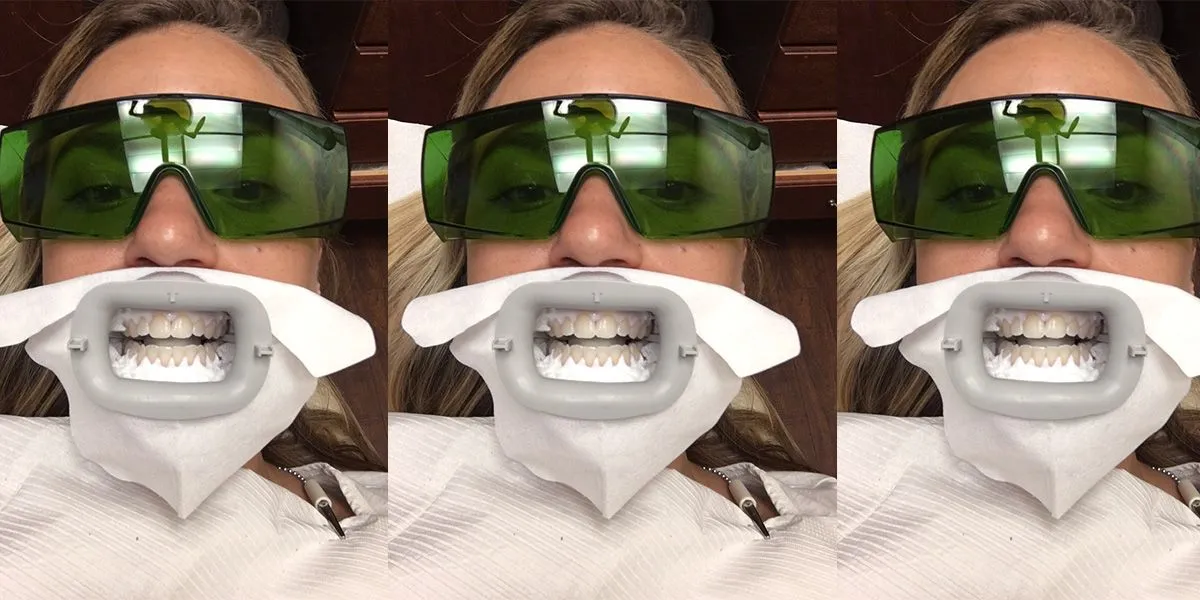
The chemicals in whitening products are designed to break down the stain molecules, but they can also affect the tooth structure itself. Hydrogen peroxide and carbamide peroxide, the active ingredients in most whitening products, can irritate the nerves in the teeth, resulting in sensitivity. When these agents come into contact with the dentin, they can cause the fluid within the dentin tubules to move, which stimulates the nerve endings and causes a sharp, shooting pain. This sensation is a common complaint after teeth whitening. The intensity of sensitivity varies based on the concentration of the whitening agent, the duration of the treatment, and the individual’s tooth sensitivity. Products with a higher concentration of the active ingredient tend to cause greater sensitivity than those with a lower concentration. For individuals prone to sensitive teeth, it is best to consult with a dentist before starting a whitening treatment.
Gingival Irritation and Discomfort
Gingival irritation, or irritation of the gums, is another common side effect of teeth whitening. The bleaching agents used in the process can come into contact with the soft tissues of the gums, causing inflammation and discomfort. Symptoms of gingival irritation include redness, swelling, and tenderness of the gums. The severity of the irritation depends on the concentration of the whitening agent, the duration of exposure, and how well the gums are protected during the treatment. In professional whitening procedures, dentists take precautions such as using protective barriers to shield the gums from the whitening solution. At-home kits, however, may pose a greater risk of gum irritation if not used carefully. Improperly fitted trays or excessive use of the whitening product can cause the solution to leak onto the gums, leading to irritation and discomfort. To minimize irritation, it’s crucial to follow the instructions provided and ensure that the whitening agent does not come into contact with the gums.
The Role of Pre-Existing Dental Conditions
Existing dental conditions can significantly impact the experience of teeth whitening. Individuals with certain conditions may experience increased sensitivity or discomfort during the procedure. Conditions like cavities, cracked teeth, and gum recession can make teeth more vulnerable to the effects of whitening agents. It is essential to address these pre-existing issues before undergoing teeth whitening to prevent complications and ensure a comfortable experience. Consulting a dentist before starting the whitening process can help identify and treat any underlying dental problems. Your dentist can assess the health of your teeth and gums, make recommendations for treatment, and advise on the best whitening approach for your situation. By addressing these underlying issues, you can minimize the risk of pain and discomfort during teeth whitening.
Cavities and Decay

Cavities, or dental caries, are areas of tooth decay that can expose the sensitive inner layers of the tooth. When whitening agents come into contact with these exposed areas, they can cause significant pain and sensitivity. The chemicals in the whitening products penetrate the decayed areas more easily, leading to greater irritation of the nerve endings. Furthermore, the presence of cavities can exacerbate existing sensitivity issues. Before teeth whitening, it is essential to have any cavities treated. This will protect your teeth from further damage and reduce the chances of experiencing pain during the whitening process. If you are aware of any cavities, inform your dentist before starting any teeth whitening treatments. They can properly diagnose and treat the cavities, ensuring a more comfortable and effective teeth whitening experience.
Cracked or Chipped Teeth
Teeth that are cracked or chipped have compromised enamel, leaving the underlying dentin vulnerable. Whitening agents can seep into these cracks and chips, causing intense sensitivity and pain. The whitening chemicals can directly irritate the nerve endings within the tooth, leading to sharp, shooting pain. The severity of the discomfort depends on the size and depth of the cracks or chips. Even minor imperfections can cause sensitivity. Before undergoing teeth whitening, it’s crucial to have any cracked or chipped teeth repaired by a dentist. This may involve fillings, crowns, or other restorative treatments to protect the teeth from further damage and reduce sensitivity. Your dentist can assess the condition of your teeth and determine the best course of action to ensure a successful and pain-free teeth whitening experience. Neglecting cracks or chips can make the whitening process significantly more uncomfortable and could lead to other dental issues.
Gum Recession
Gum recession, where the gums pull away from the teeth, exposes the root surfaces. The root surfaces do not have the protective enamel layer, making them highly sensitive to external stimuli. When whitening agents come into contact with exposed roots, they can cause severe pain and sensitivity. The chemicals in the whitening product directly irritate the nerve endings within the root surfaces. Gum recession can be caused by a variety of factors, including aggressive brushing, gum disease, and aging. If you have gum recession, teeth whitening may not be the best option. You may experience significant pain and discomfort. Consult your dentist. They can assess the extent of the recession and recommend treatments. They can also determine the best course of action for whitening your teeth. This ensures that your treatment will be both effective and comfortable.
Types of Teeth Whitening and Their Pain Levels
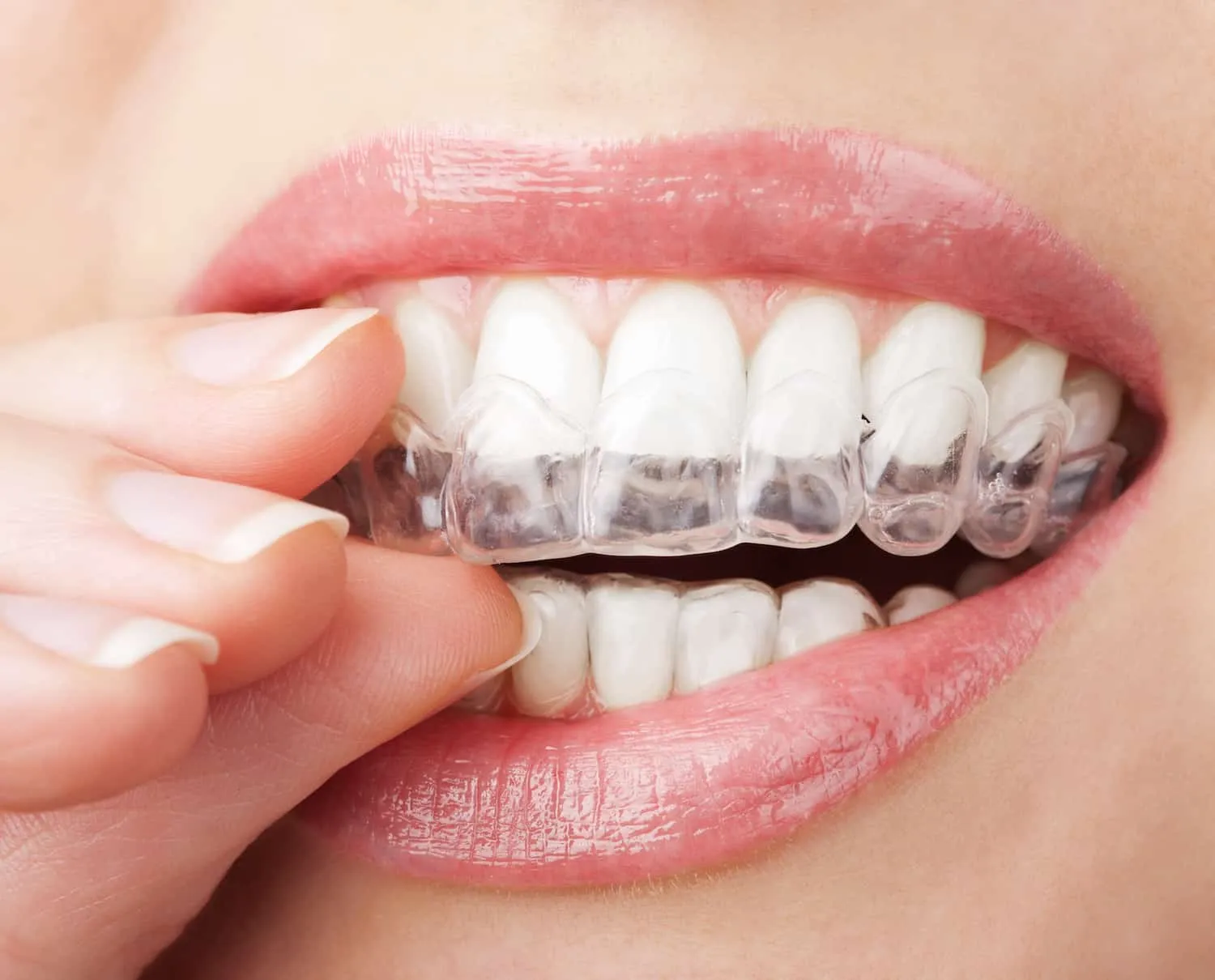
The method of teeth whitening significantly influences the likelihood and intensity of pain. Different whitening options, from professional treatments to at-home kits, use varying concentrations of whitening agents and application techniques, which directly impact the level of sensitivity experienced. The choice of whitening method should be based on your individual needs, sensitivity levels, and preferences. Understanding the differences between these methods can help you make an informed decision, reducing the risk of discomfort. Consulting with a dentist is crucial to determine the most suitable method and minimize potential pain. They can assess your oral health, provide personalized advice, and guide you toward a treatment plan that balances effectiveness with comfort. Whether you prefer in-office treatments, at-home kits, or over-the-counter products, understanding these differences will help you make an informed decision. It also allows you to be better prepared for potential side effects.
Professional Whitening
Professional teeth whitening, performed by a dentist in a dental office, typically involves the use of high-concentration hydrogen peroxide solutions. The dentist applies the whitening agent to the teeth and may use a special light or laser to accelerate the process. This method offers the most dramatic results in a single session. Because of the higher concentrations of whitening agents, professional whitening can sometimes cause more sensitivity than at-home methods. Dentists take precautions to minimize pain. This may involve applying a protective barrier to the gums and using desensitizing agents before or after the treatment. While professional whitening can be more expensive than at-home methods, it provides the benefit of professional supervision. If you’re concerned about sensitivity, talk to your dentist. They can offer solutions, such as adjusting the concentration of the whitening agent, to minimize discomfort. The trade-off between effectiveness and sensitivity makes professional whitening a good choice for those seeking the fastest and most effective results.
At-Home Whitening Kits
At-home whitening kits offer a convenient and cost-effective alternative to professional treatments. These kits typically contain custom-fitted trays or strips, along with a lower concentration of whitening agents, usually carbamide peroxide. The trays or strips are worn for a specified amount of time each day. At-home whitening kits generally cause less sensitivity than professional treatments. However, some individuals may still experience mild to moderate discomfort. The level of sensitivity depends on the concentration of the whitening agent, the duration of treatment, and individual tooth sensitivity. Following the instructions carefully is crucial. Overuse or using a kit with a higher concentration than necessary can increase the risk of sensitivity. If you experience discomfort, it’s best to reduce the frequency or duration of the treatment, or consult with your dentist. At-home whitening kits provide a good balance between effectiveness and convenience. They are a good option for those looking to gradually whiten their teeth. They’re more budget-friendly than professional treatments.
Over-the-Counter Products
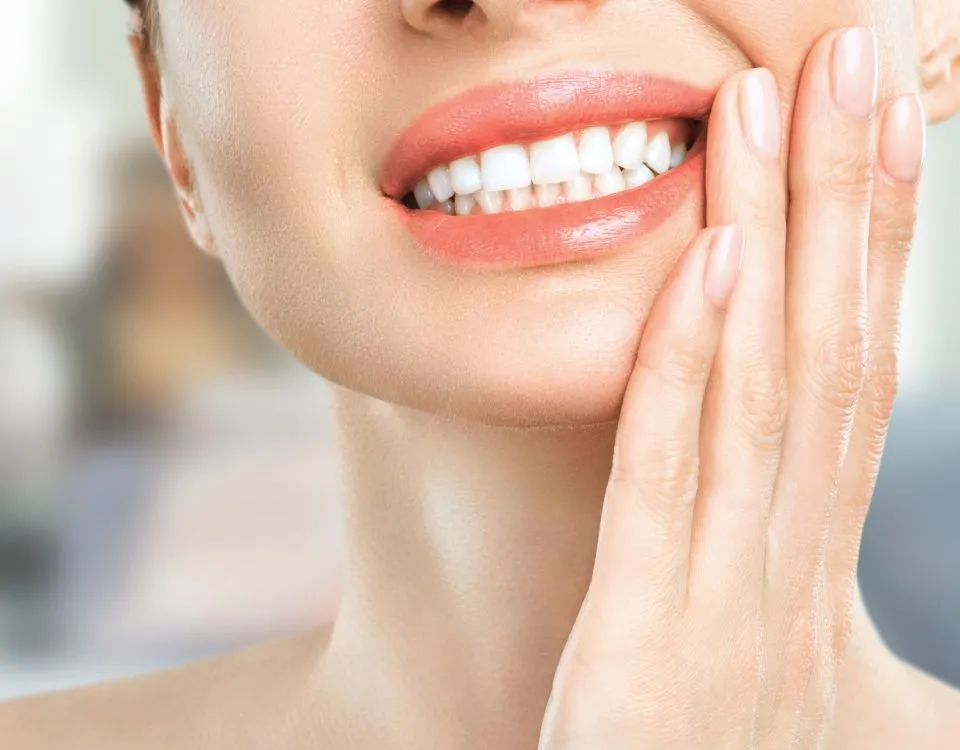
Over-the-counter (OTC) teeth whitening products are readily available in drugstores and supermarkets. These products, such as whitening toothpaste, strips, and gels, typically contain a lower concentration of whitening agents than professional or at-home kits. OTC products are generally considered the gentlest option for teeth whitening. Therefore, the chance of experiencing sensitivity is lower compared to other methods. However, the effectiveness of OTC products may also be limited, and results may take longer to appear. While these products are convenient and affordable, they might not be suitable for everyone, particularly those with significant staining or pre-existing dental conditions. If you have sensitive teeth or any concerns about potential side effects, it is advisable to consult with a dentist before using OTC products. They can provide personalized guidance, ensuring the products are safe and effective. By following the instructions, you can minimize discomfort and maximize the benefits of the whitening products. They’re perfect for touch-ups or for those who are looking for a gentle approach to whitening.
Methods to Minimize Whitening Pain
While teeth whitening pain can be a concern, there are several methods that can help minimize or alleviate the discomfort. Many strategies can be employed both before and after the whitening procedure. By adopting these techniques, individuals can significantly reduce the likelihood of sensitivity and enjoy a more comfortable teeth whitening experience. From using desensitizing toothpaste to adjusting the frequency and duration of treatments, there are many steps you can take. Following these tips will help you to achieve your desired results while minimizing any pain or discomfort. Consulting with your dentist is crucial. They can provide personalized advice and recommendations tailored to your specific needs and oral health. Being proactive, and using the right precautions can make a substantial difference in your comfort during teeth whitening.
Use Sensitivity Toothpaste
Using sensitivity toothpaste is one of the most effective methods for minimizing teeth whitening pain. Sensitivity toothpaste contains ingredients, such as potassium nitrate, that help to block the tubules in the dentin, reducing the nerve’s ability to transmit pain signals. Starting to use sensitivity toothpaste a few weeks before beginning the whitening treatment can help prepare your teeth. This will reduce the likelihood of experiencing sensitivity. Continue using the toothpaste throughout the whitening process. You can also use it afterward to provide ongoing relief. When selecting sensitivity toothpaste, look for products specifically designed for sensitivity relief. Follow the instructions provided, and brush your teeth gently to avoid irritating the gums. Sensitivity toothpaste can be a simple yet powerful tool in your pain management plan. It allows you to enjoy the benefits of teeth whitening. It is also a good option if you have pre-existing tooth sensitivity issues. The consistent use of sensitivity toothpaste can significantly improve comfort levels.
Adjust Whitening Frequency and Duration
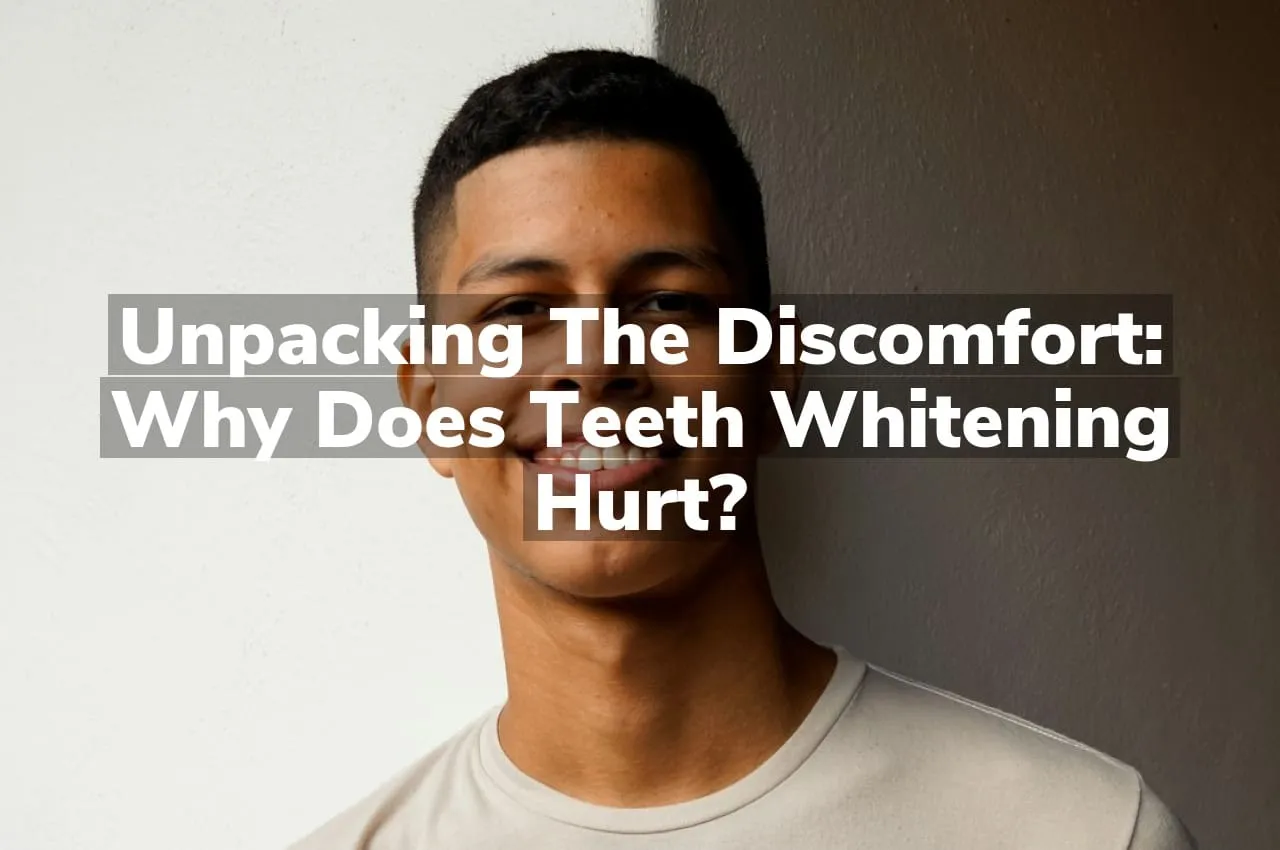
Adjusting the frequency and duration of the teeth whitening treatments can also help minimize pain. If you experience sensitivity, reducing the number of whitening sessions or the time you wear the whitening product can significantly reduce discomfort. For at-home whitening kits, consider shortening the wear time each day. Or, skip a day between treatments to allow your teeth to recover. In the case of professional whitening, the dentist can adjust the concentration of the whitening agent. They can also change the duration of the treatment to reduce sensitivity. It’s important to find a balance between achieving the desired whitening results and minimizing discomfort. Communicate any sensitivity concerns with your dentist. They will help you create a customized plan that suits your individual needs. By making these adjustments, you can still achieve a brighter smile. You can do it while keeping the experience as comfortable as possible. Gradual adjustments are often key to managing sensitivity effectively.
Consult Your Dentist for Advice
Consulting your dentist is crucial before, during, and after teeth whitening. Your dentist can assess your oral health, identify any pre-existing conditions, and provide personalized recommendations. They can determine if you are a suitable candidate for teeth whitening. If you are, they can help you choose the most appropriate method. During the whitening process, your dentist can monitor your progress and address any concerns about sensitivity or discomfort. They can also offer professional advice. This can include using sensitivity toothpaste, adjusting treatment frequency, or using alternative whitening products. After the treatment, your dentist can provide instructions on how to maintain your new smile. They can also recommend ongoing oral hygiene practices to keep your teeth healthy and bright. Regular dental check-ups, proper oral hygiene, and professional guidance ensure you can achieve the desired results safely. They can also ensure a comfortable experience. Your dentist is your best resource for advice and support throughout the teeth whitening journey. This maximizes the chances of a successful outcome.
The Importance of Proper Dental Hygiene
Maintaining proper dental hygiene is essential for preventing and managing teeth whitening pain. Good oral hygiene habits not only promote healthy teeth and gums. They also reduce the risk of sensitivity and discomfort. Proper brushing, flossing, and regular dental check-ups can help keep your teeth in optimal condition. This enhances the effectiveness and comfort of teeth whitening. When brushing your teeth, use a soft-bristled toothbrush and gentle strokes. Avoid brushing too vigorously, as this can irritate the gums and cause enamel erosion. Floss daily to remove plaque and food particles from between your teeth. This will prevent cavities and gum disease. Regular dental check-ups and professional cleanings can remove plaque and tartar. This helps to keep your teeth and gums healthy. Following these essential steps will make your teeth whitening experience more comfortable and rewarding. It also protects your overall oral health.
Maintaining Oral Health After Whitening
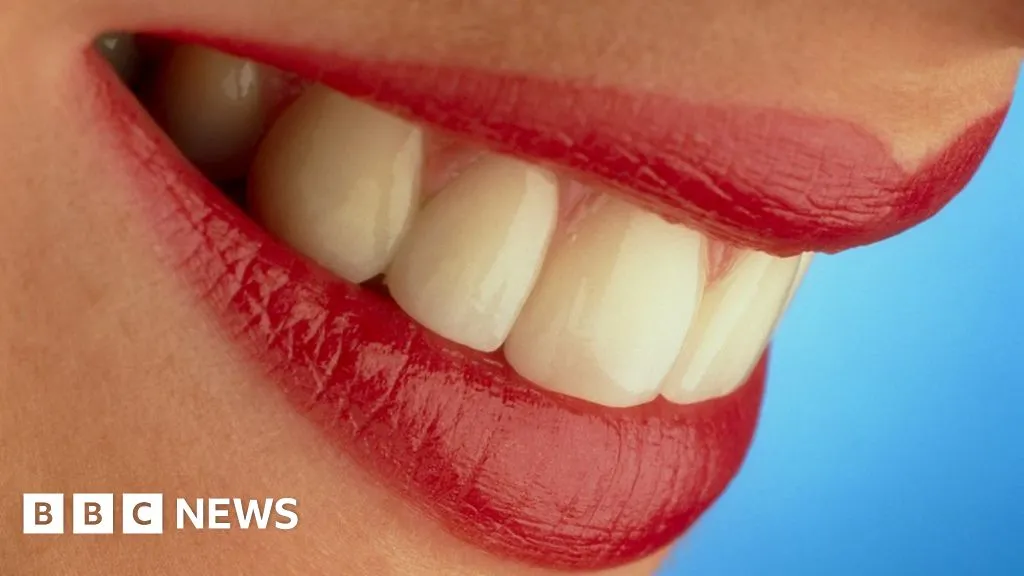
Maintaining oral health after teeth whitening is crucial for preserving your brighter smile and preventing pain. Continue your regular oral hygiene routine. Brush your teeth gently twice a day with a soft-bristled toothbrush and floss daily. Regular dental check-ups and professional cleanings are essential for maintaining your results. They also monitor the health of your teeth and gums. Avoid foods and drinks that can stain your teeth, such as coffee, tea, red wine, and dark-colored berries. If you consume these items, rinse your mouth with water or brush your teeth afterward. Consider using a whitening toothpaste to help maintain the brightness of your teeth. Avoid smoking and tobacco products, which can stain your teeth and damage your oral health. By following these simple guidelines, you can enjoy your brighter smile for a longer period. You can also keep your teeth healthy and reduce the risk of future sensitivity or discomfort.
